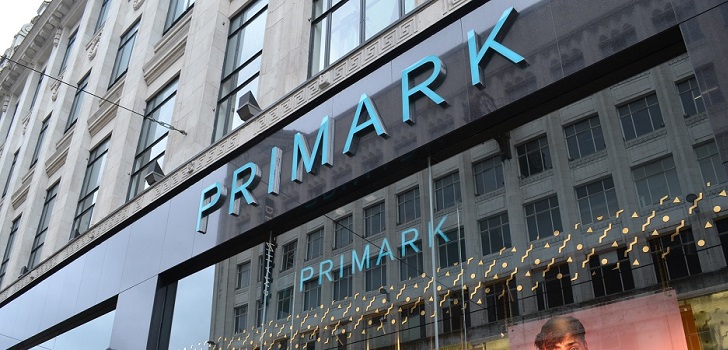From ecosystems to regional gems: the five models for the future of retail
Ecosystems, local operators but scalable, regional companies with a deep custom relationship and hitchhikers are the five models proposed by Bain&Co consultant.

Retail bets for new business models. About 30% of retailers in United States are at risk of disappearing or being absorbed, according to the consultant Bain&Co. The sector must compete in a challenging and changing market that have new business models. What are the keys to survive in this environment?
The American consulting defined five business models to adapt to this new scenario and compete in the retail of the future: ecosystem players, scale fighters, value champions, hitchhikers and regional gems.
Ecosystem players
Ecosystems is one of the models with more future projection. This term refers to a group of services destined to consumer and brands, that include from social media, logistics, payment platforms, amongst others, all together in one unique platform or application.
The key of this model is scaling and the access to big consumer’s communities, retailers and partners inside the same environment. Some of the groups that operate under this model are Amazon and the Chinese giant Alibaba.
Key of success of ecosystem is to make the consumer enter the whole net of services. Thank to its capability of escalating, these groups can afford a biggest investment in technology, which make it easier for them to continue growing its market share, siphoning off traffic from its rivals and expand in business models like business-to-business, business-to-consumer and even consumer-to-consumer. Its threats? To be replaces by other ecosystems, like eBay, that was switched for giants like Alibaba and Amazon in the United States and Europe.

Scale fighters
Companies that doesn’t have the ability of becoming an ecosystem can aspire to scale its business model having a relative local market leadership. Companies with this model, that represent 30% of the profit pool in United States, can bet for omnichannel and data analysis, as well as supporting in M&A to boost its operative muscle.
These companies also count with a fast reaction and invest more than average in technology. To keeps its positioning in the market they must remain with a creative perspective and diversify into new profit pools, according to Bain.
Value champions
According to Bain, giants of the low cost like TJMaxx, Primark, Aldi, Lidl or Costco, will remain its share in the market thanks to its store expansion. However, these operators face some challenges, like the risk of dropping its profitability due to hyper expansion or price war between similar items.
In the last couple of years, groups like TjMaxx or Primark had to adapt to the new challenges of retail and adopt a bigger in store experience investing more in their stores.
To continue growing, this companies must continue expanding its commercial network, reduce costs of its supply chain and have an attractive product offer.

Hitchhikers
This model refers to companies with strengths in areas like design and product development but lack power in logistics and technology.
To achieve this, these companies “borrow” the scalability of other gig groups though strategic alliances. The consultant states that some groups like Levi Strauss and Adidas created an alliance with Amazon and some small retailers also use the services of the American giant.
To be able to grow, these companies must base their strategy in improving its product development, investing in marketing and staying at the cutting edge of search-engine optimization.
Regional gems
Like the previous model, regional gems don’t have a scalable capability but its leadership in its local market has given them the edge in the past and continues to be its defense weapon in the market.
Its sourcing proximity is key to reinforce its bonds with its customers and to adapt its local offer. With all, this advantage might be at risk due to the increase of the online channel, so its best option is to invest in client services and to strengthen its relationship with its consumers.
Besides the five models for the future of retail, the consultant gives keys to the existing models to remain active in the market. Keys are: strengthen your differentiation today and prepare for a more innovative future; obsess over customers and their experiences; find the fuel for technology investments; use data to automate more decisions and speed up innovation.
Marc-Andre Kamel, leader of the retail department in the consulting assured that “threats in the sector are diverse, but we believe retailers may have time to introduce a focus that takes them to success”.


info@themds.com
Validation policy for comments:
MDS does not perform prior verification for the publication of comments. However, to prevent anonymous comments from affecting the rights of third parties without the ability to reply, all comments require a valid email address, which won’t be visible or shared.
Enter your name and email address to be able to comment on this news: once you click on the link you will find within your verification email, your comment will be published.